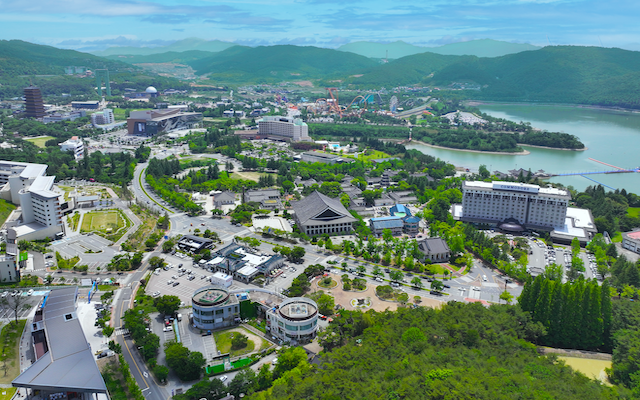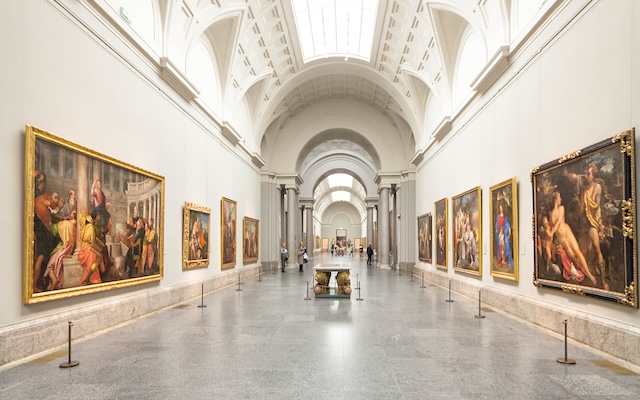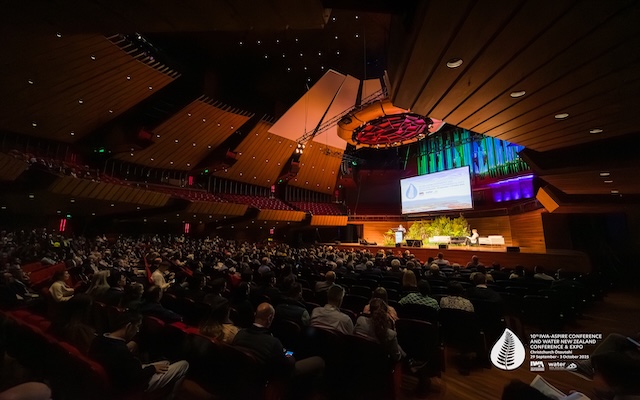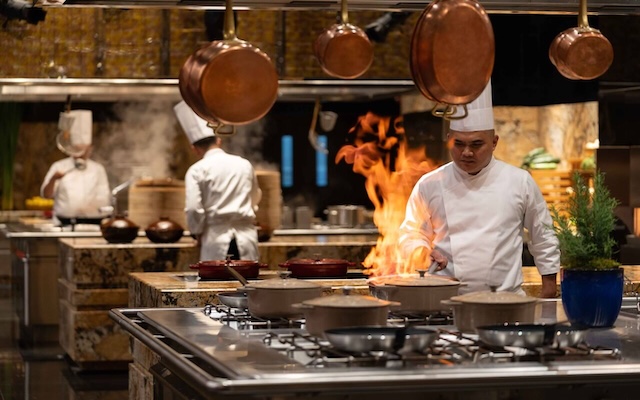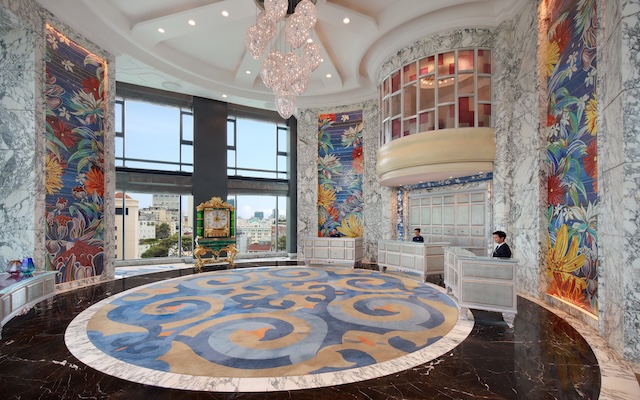The future of business events in Asia is defined by resilience, digital integration, a focus on human connection, and regional cooperation, according to speakers at the Asia 20 Business Event Forum, held in Jakarta as part of the AFECA Convention.
Offering the perspectives from an organiser, destination bureau, and national association, all three keynote speakers agreed that surviving the current turbulence requires adaptation.

Margaret Ma, CEO of Informa Markets Asia, emphasised that exhibitions and conventions remain the industry’s backbone, powering B2B transactions and local economies.
She noted that while Informa Markets Asia prioritises launches, initiating 10 to 12 new shows yearly to train talent, test new meeting-based formats, and adapt to changing customer behaviour.
Reflecting on decades of crises, Ma reaffirmed her confidence in face-to-face engagement. “As long as a human being is in charge of the critical buying decision, it’s very difficult to replicate it online.” .
She views digital tools not as a threat. but as a catalyst for transformation, highlighting “silver linings” in hybrid formats, organiser collaboration, and the rise of emerging markets.
Supawan Teerarat, president of Thailand Convention & Exhibition Bureau, also addressed the turbulence reshaping global industries.
She explained: “Every bureau today is still sailing on what we call a perfect storm: economy shifts, political uncertainties, climate pressures, and digital disruption. It is happening all at once. None of us can control the storm, but we can learn how to navigate it safely.”
Supawan also outlined four mega-trends: the generational shift toward authenticity, sustainability’s move from “recognition to regulation”, geopolitical volatility demanding regional cooperation, and AI becoming a new baseline for competitiveness – likening it to Wi-Fi that determines if one is “in or out”.
However, she reminded the audience that despite digital acceleration, human connection remains the industry’s true currency, noting that the hunger for connection is stronger than ever.
Sonia Prashar, managing director of NürnbergMesse India, highlighted South Asia as the fastest-growing emerging market.
India’s strong GDP growth is being driven by its exhibition industry, which has flourished thanks to existing tech and manufacturing hubs. This growth was initially fuelled by private initiative before receiving subsequent government support, Prashar noted.
“India now boasts close to 700,000m2 of venue space, and these facilities are consistently busy. Furthermore, Tier-2 and Tier-3 cities are emerging as new MICE destinations, creating a demand for more small and medium-sized venues. Consequently, exhibition organisers are reporting high levels of satisfaction,” she elaborated.
Prashar concluded that the 21st century demands cooperation, innovation, and shared progress over mere competition. She advocated for deeper regional integration with targeted strategies for China, India, and emerging Asia – not a singular “Asia strategy” – while stressing that measuring the quality of execution is paramount, given the maturity and clarity of exhibitor and visitor needs.






